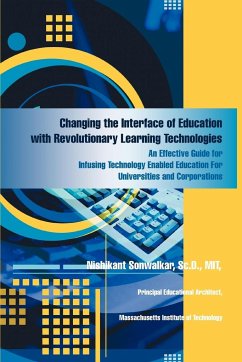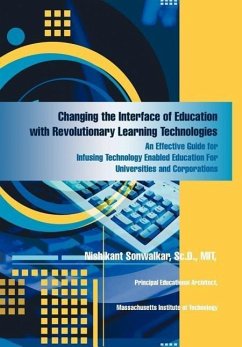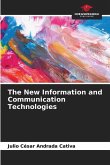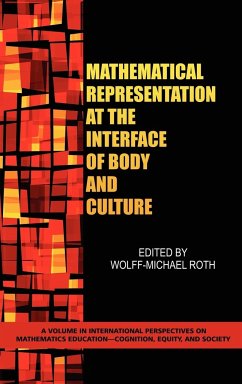The pedagogy for technology enabled education over last few decades have been influenced by behaviorist, cognitive, and constructivist theories. These theories are debated vigorously by the educational scientists. While the debate is extremely important for the paradigm shift, the need for a framework for instructional designers seeking meaningful incorporation of technology is necessary. With the infusion of new technological methods to deliver education on-line there is an acute need for reinvention of the pedagogical framework. The new design framework to provide a flexible approach for incorporating technology within the context of pedagogy. The interface of education is changing rapidly from classroom to--blend of in-class and on-line activities to--almost completely technology enabled educational environments. The technological shift is taking place now from classroom teaching and learning to asynchronous Web-based and Web-supported learning environments. The dissemination of educational content is surely moving from a teacher-to-student model to a technology-enabled interface. The shift of educational interfaces from, synchronous to asynchronous, passive to interactive, television to desktop computers, keyboard to handwriting recognition systems, mouse to data glove, touch screen to voice recognition systems, real experiments to virtual experiments, real educational space to virtual reality learning environments (VRLE), experiments in labs to teleoperated experiments from remote locations, are all indicative of the technology trends which the educational designers have to face now to provide pedagogically effective educational technology components for learners.
Hinweis: Dieser Artikel kann nur an eine deutsche Lieferadresse ausgeliefert werden.
Hinweis: Dieser Artikel kann nur an eine deutsche Lieferadresse ausgeliefert werden.








